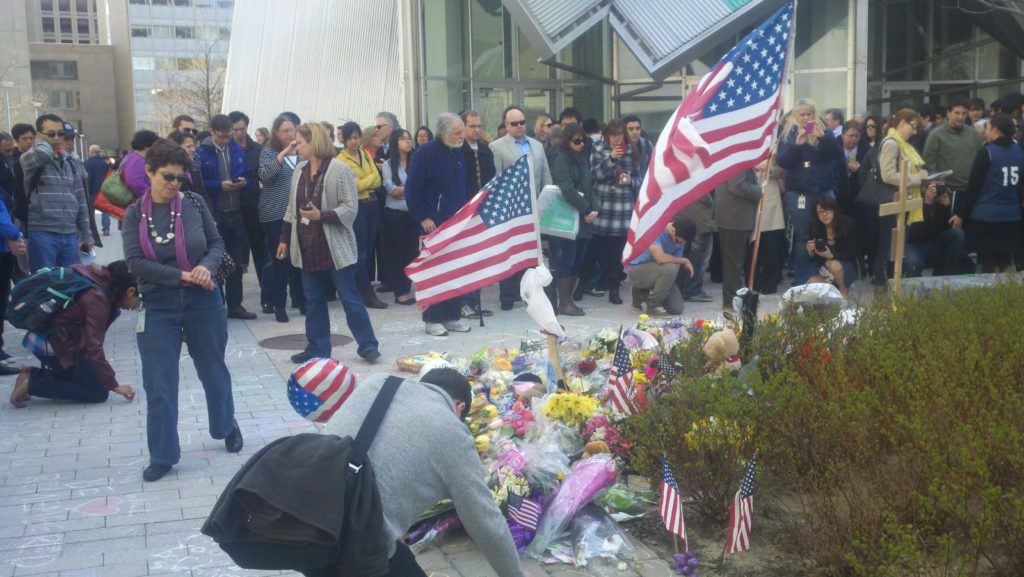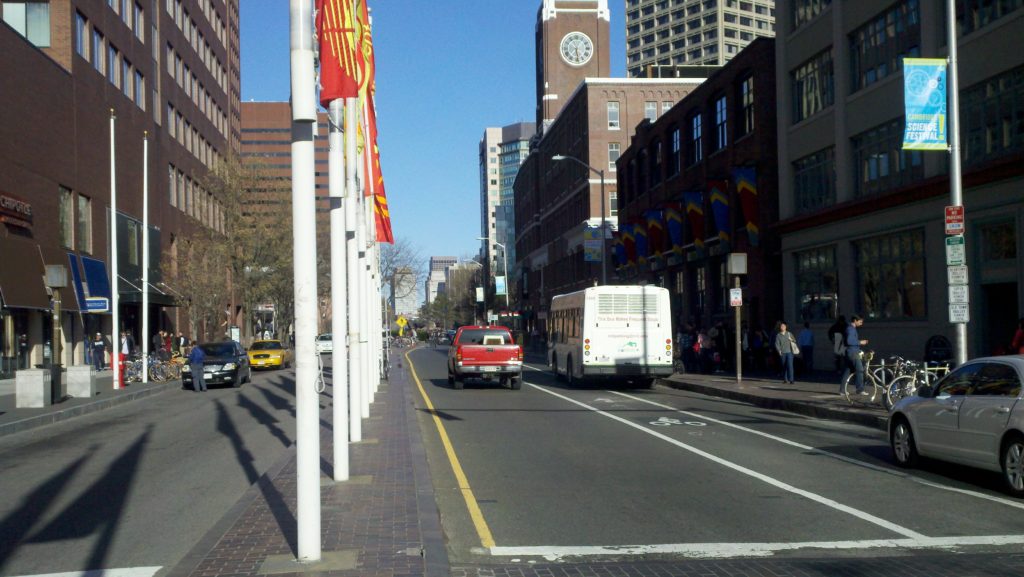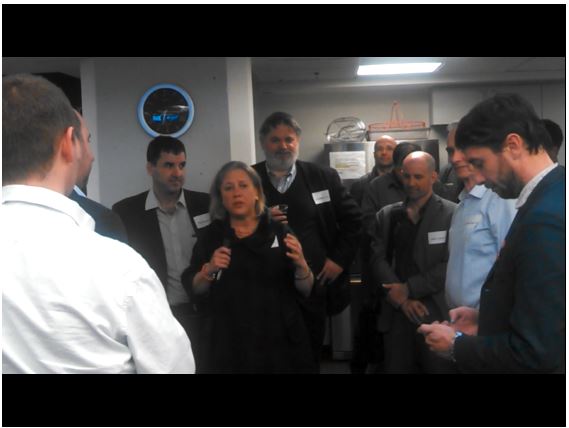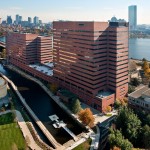Following a statewide moment of silence for victims of the Boston Marathon bombing and its aftermath, mourners...
anita harris
Despite a historically strong anti-development bias in Cambridge, the City Council last week approved a new zoning...
Photo of US Senator Mary Landrieu at Venture Cafe, Cambridge Innovation Center, Cambridge, MA.
Writer consultant photographer Anita Harris posts photos of Fresh Pond and Fresh Pond Place, Cambridge, MA, ...
Latitude News seeks donations to produce weekly audio " Local Global Mashup Show" offering "the inside...
PR/social media consultant Anita Harris hopes Cambridge Innovation Center can maintain its warm, collaborative atmosphere...




